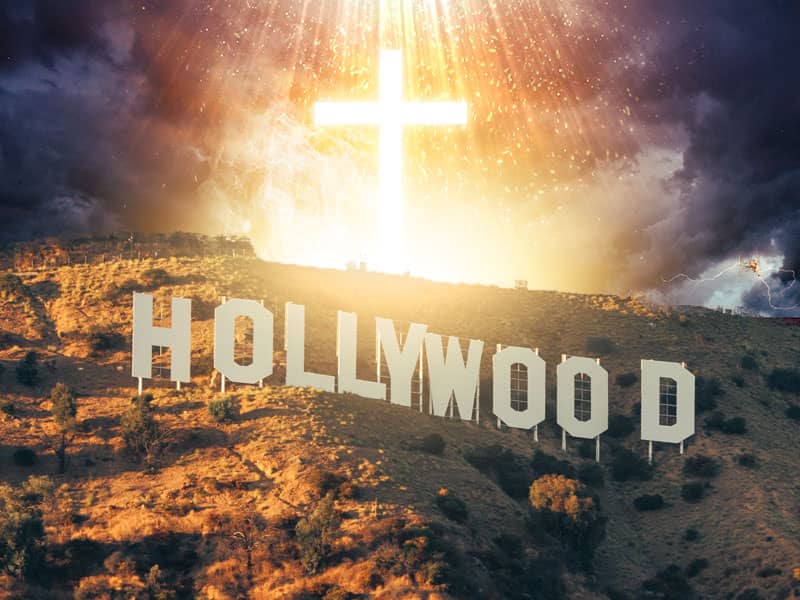Mar Saba, a 1,500-year-old monastery in the stark moonscape of the Judean wilderness, is not an easy place to find.
The journey begins outside Bethlehem, where squads of Israeli soldiers stand guard at checkpoints, cradling machine guns. They're happy to give directions . even when they have no idea how to get to Mar Saba. Pilgrims can't call for directions. The monastery has no electricity and no telephones. Even those who find the place aren't guaranteed entry. Women are forbidden, and the monks who live there don't always admit male visitors to their fortress of faith.
It lies at the end of a unmarked road that winds for miles through some of the most impoverished villages of the West Bank. In the village nearest the monastery, Palestinian kids block the road, demanding money. "Shekels! Shekels!," they yell, tossing rocks at the cars of pilgrims who refuse to pay.
But when you finally reach Mar Saba, the sight is well worth the hassles, wrong turns, and dead ends. Nestled in a river gorge southeast of Jerusalem, this ancient hermitage and working Orthodox monastery stands as a living remnant of early Christian monasticism. Unable to attract new religious vocations, this icon-filled sanctuary attracts more curiosity seekers than devout pilgrims.
The monastery is perched on the side of a narrow gorge in the Kidron Valley. Stone buildings--some of them whitewashed with red tile roofs, others in ruin--are built into the terraced canyon walls. Three copper domes glisten in the midday sun. Across the canyon are cliffs peppered with caves that once sheltered the early disciples of St. Sabas, the fifth-century monk who founded this spectacular desert sanctuary.
Approaching the monastery by foot, visitors are confronted with an imposing stone wall. Over the centuries, it has been built and rebuilt to ward off invading hordes of marauding infidels. The only entrance into the complex is a small but sturdy door, painted bright blue.
Only a handful of Greek Orthodox monks remain at the monastery. But the one who opened the blue door on a bright winter day happened to be an Orthodox convert from San Francisco.
His name is Father Lazarus. He grew up in Connecticut and came to California when he was 18 to study psychology in Santa Cruz. It was 1979, and he soon found himself drifting in a spiritual direction. Raised by Roman Catholic parents, he dabbled in Eastern mysticism but was soon introduced to Orthodox Christianity by a friend. He traces his conversion to the moment he first walked into the onion-domed wonder of the Holy Virgin Russian Orthodox Cathedral in San Francisco. "I felt a sense of peace come over me. It penetrated deep into my soul," he said. "I'd gotten tired of the worldly life of a student and started searching for truth and holiness."
Lazarus (he'll give no other name) stood in the kitchen at Mar Saba, preparing a cup of thick Greek coffee for two guests. His long, brown-and-gray beard spilled over his soiled black robes, and he wore a leather cap over his shoulder-length brown hair.
Lazarus says he never gets lonely and rarely tires of the spartan, highly regulated life of prayer, worship, and meditation. "Being alone is not the same thing as loneliness. Here, I am alone with God," he said. "Back in San Francisco, I had started to believe that the world was its distractions. Things like watching 49er games on television. But when you turn off the TV and tune out all the distractions, God reveals Himself."
Lazarus can spend hours talking about St. Sabas. The founder of Mar Saba was born in Cappadocia, now known as Turkey, in 439 A.D. He entered a monastery there as a young man, but came to the Holy Land seeking the absolute solitude of a Christian hermit.
Sabas spent four years in these Judean caves, living in total isolation. But stories soon got out about the holy man in the wilderness, and 150 disciples joined him in the desolation of the Kidron Valley. By 492 A.D., the Patriarch of Jerusalem ordained Sabas and put him in charge of all the monks in Palestine. St. Sabas died in 532 A.D. In his later years, he had become a leading crusader for Christian orthodoxy. Over the centuries, the monks of Mar Saba have survived earthquakes, attacks by bandits, holy wars with Islam, and the spiritual indifference of modern society.
Today, Sabas' partially decomposed body lies in a glass case in the main chapel. Nearby, in another shrine, dozens of skulls are lined up as a reminder of a massacre in the year 614, when Persian bandits invaded the monastery, seeking gold and silver.
At his height, Sabas oversaw 5,000 monks. A century ago, a hundred monks lived at Mar Saba. Only 15 monks remain, including Father Lazarus and Father Damascenos, who has lived here for 50 of his 80 years. Once a week, one of the monks travels to Jerusalem, about 45 minutes away, for food, supplies, and mail.
Ten years ago, a new road allowed easier access to pilgrims, tourists, and curiosity seekers. Before that, visitors had to walk or ride a donkey. Today, young Israelis in glistening SUVs approach Mar Saba from the other side of the canyon, staring into the compound with binoculars. Ironically, Lazarus came here seeking solitude but now spends much of his day opening the blue door and showing visitors around.
As the only monk who speaks English, his job is greeting guests and gently turning away women hoping to get a peek inside. "We're out here holding down the fort," he said, "for the tourists and the pilgrims."

